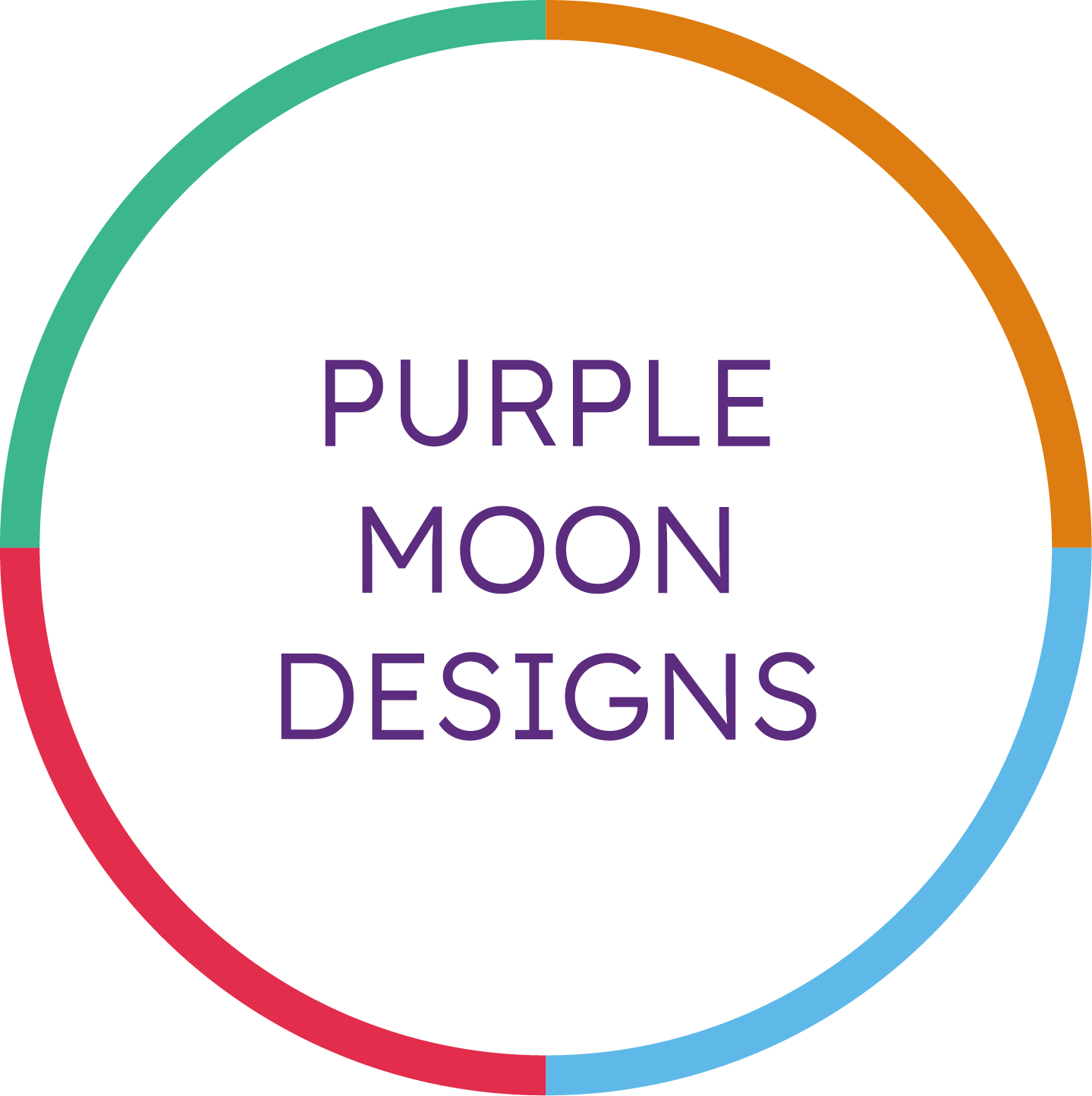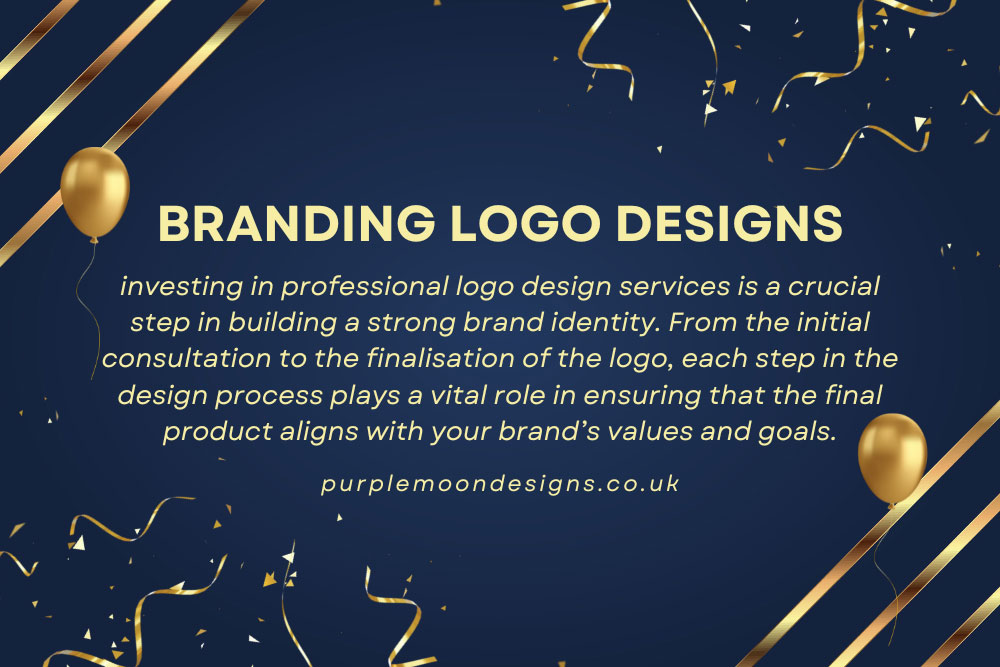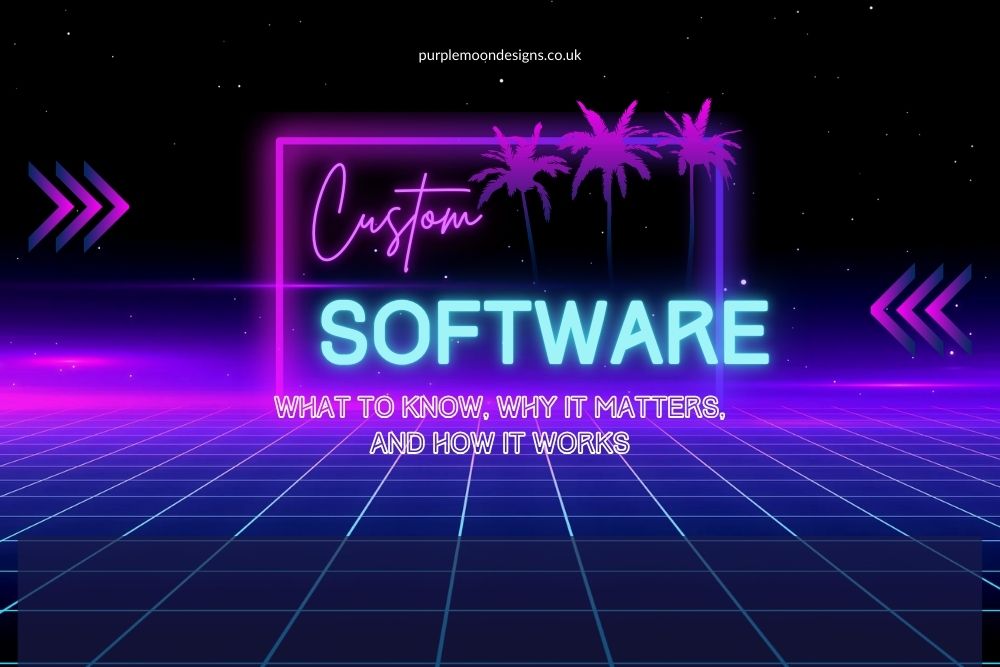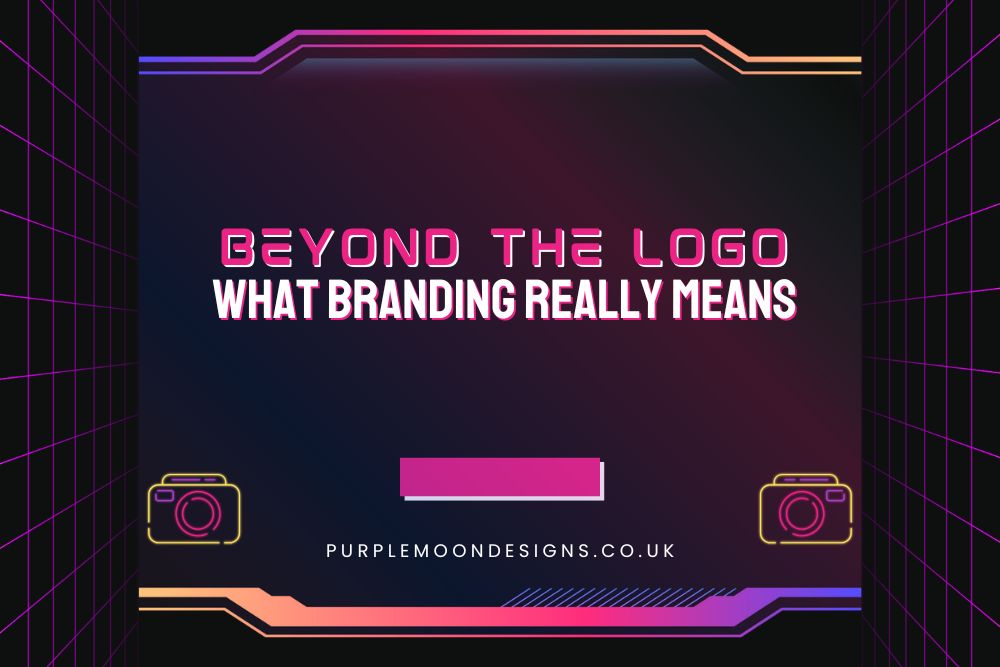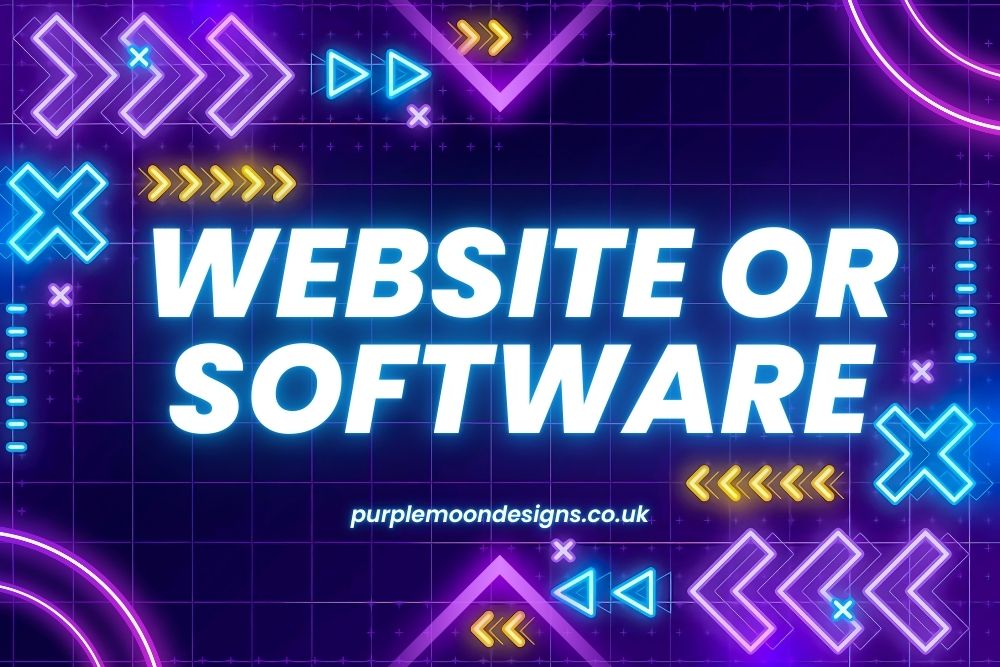Branding logo design is vital for defining your business identity. It helps you stand out and establishes your values visually. This article delves into why a strong logo matters, the design process, and how to choose the right service.
Key Takeaways
- A strong brand identity, highlighted by a cohesive logo, enhances customer recognition and differentiates your business in a competitive market.
- Collaboration with professional designers ensures logos reflect your brand’s values and resonate with your target audience, elevating credibility and trust.
- Understanding the logo design process, from initial consultation to finalization, allows businesses to create memorable and effective logos that communicate their unique identity.
The Power of a Strong Brand Identity
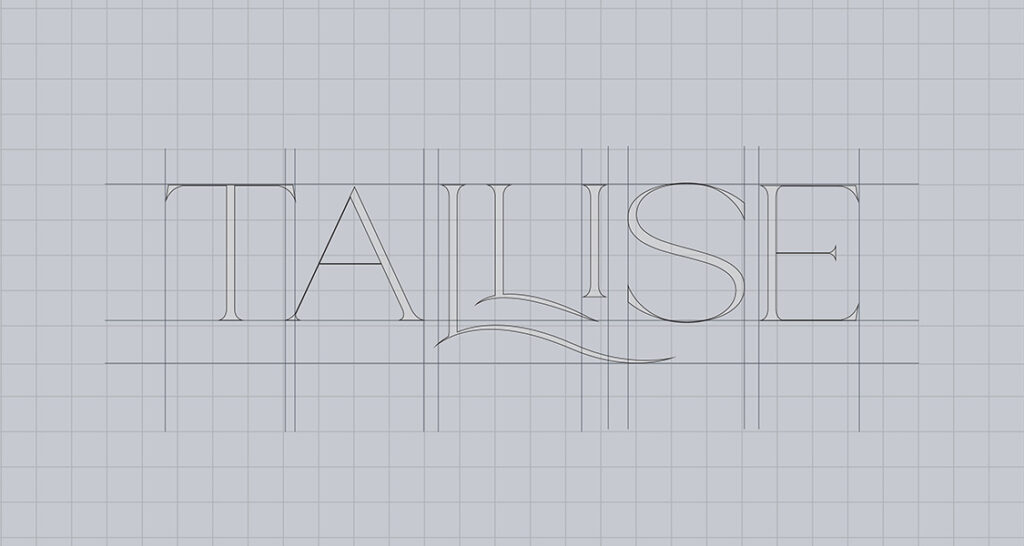
A robust brand identity is more than just a visual emblem; it’s the very soul of your business. It visually and emotionally conveys your company’s core values, helping you stand out in a crowded marketplace. When we embarked on our branding journey with a branding agency, we realized that effective branding not only made us memorable but also differentiated us from our competitors.
In today’s digital age, consistent branding across all platforms is crucial. It improves customer recognition and enhances user experience by providing clarity and consistency in every interaction. For us, a well-designed logo became the cornerstone of our brand identity, ensuring that our marketing materials were cohesive and instantly recognizable.
A powerful logo doesn’t just look good; it communicates the brand’s personality and purpose succinctly. Incorporating distinctive symbols and icons allowed us to create a visual identity that resonated with our audience, enhancing brand recognition and leaving a lasting impression of our new logo.
Professional Logo Designers for Your Business
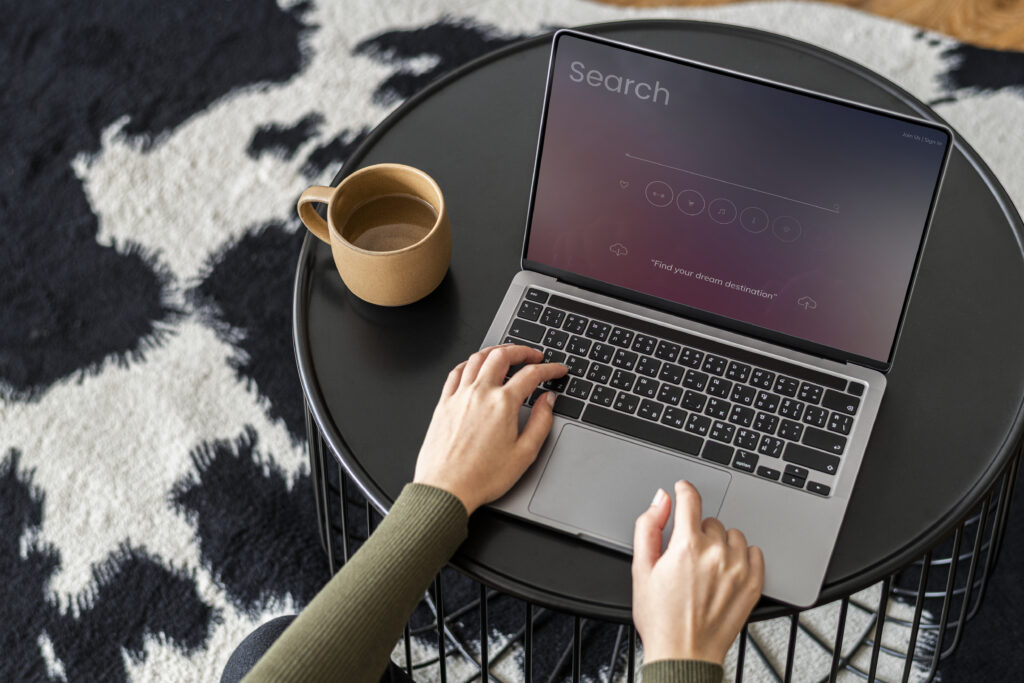
When it comes to logo design, professional graphic designers are indispensable. They bring years of experience and a keen eye for detail, ensuring that the logos they create are versatile and maintain clarity regardless of size. We found that working with seasoned logo designers not only elevated the quality of our logo but also established trust and credibility among our consumers.
Collaboration is key in logo design. Professional designers work closely with clients to understand their business name, industry, and specific requirements. This collaborative approach ensures that the resulting logo aligns perfectly with the client’s vision and branding goals. Platforms like BrandCrowd make the design process user-friendly, allowing businesses to create logos that meet their exact needs without hassle.
Companies like Everything Media Group emphasize close client collaboration, enhancing the overall design experience. Similarly, Threerooms offers continuous support and a fresh perspective, making them a valuable creative partner in the logo design process.
Custom Logo Design Process
The logo design process is a structured journey that transforms initial ideas into a final, polished logo. It typically involves seven basic steps, starting from evaluating the brand to delivering the final logo files. Understanding this process ensures the logo aligns with your brand’s values and goals.
Let’s delve into each step, starting with the initial consultation.
Initial Consultation
The initial consultation is where the magic begins. Understanding the client’s business name and industry is crucial for generating relevant logo designs. We’ve found that establishing clear branding goals from the outset ensures that the logo resonates with the target audience. This step sets the tone for the entire project, guiding the creative direction.
Reviewing a designer’s portfolio during this phase can provide valuable insights into their style and quality of work, helping clients determine if the designer is the right fit for their needs. This initial interaction is foundational, allowing both the client and designer to align their visions and expectations.
Concept Development
Concept development is where ideas take shape. This phase involves a series of structured steps, where initial ideas are transformed into developed concepts. Understanding the client’s goals, business identity, and market positioning is essential for creating relevant concepts that align with their brand vision.
Once these initial concepts are developed, they undergo refinement based on client feedback to ensure they meet the desired expectations. This iterative process is crucial for honing the design and ensuring it captures the essence of the brand.
Refinement and Finalization
Refinement is a critical stage in the logo design process. This phase involves making multiple adjustments and enhancements based on client feedback. Feedback played a vital role in refining our logo, aligning the final output with our vision and ensuring effective communication of the brand message.
Final adjustments are made to ensure the logo is not only visually appealing but also functional across various applications. This includes testing the logo in different sizes and formats to ensure versatility and adaptability.
Exploring various creative possibilities through sketching and ideation is also part of this phase. It allows designers to experiment with different ideas and find the most effective solution for the brand.
Essential Elements of Effective Logo Design
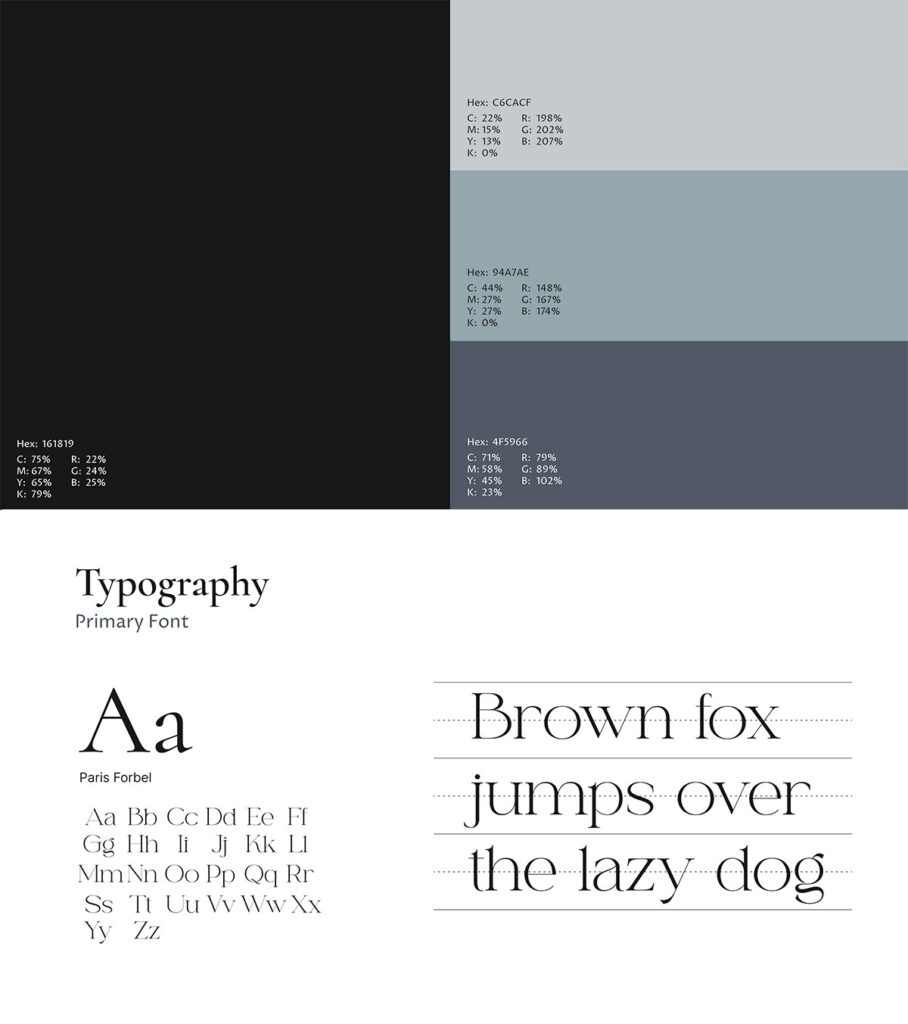
Effective logo design hinges on several key elements:
- A memorable logo establishes a professional brand image and enhances recognition.
- Simplicity is crucial for ensuring the logo is easily recognizable.
- Color plays a significant role in conveying the brand’s message and emotions.
- Typography affects the readability and personality of the logo.
- Iconography can help communicate the brand’s identity visually.
These components contribute to the overall impact of the existing logo and create an eye catching logo.
Let’s explore each element in detail.
Color Theory in Logo Design
Color choice is a critical aspect of logo design. It conveys the brand message and personality, influencing how the brand is perceived by its audience. Different shades can evoke specific feelings, creating desired emotional responses that align with the brand’s identity.
Understanding color theory is crucial. It plays a vital role in designing the ideal logo. When selecting colors, business owners should consider the brand’s seriousness, adventure, or sporty appearance to ensure the palette reflects the intended message.
Typography Choices
Typography plays a significant role in logo design. The choice of font can greatly influence how a brand’s message is perceived by its audience. For us, selecting the right typography was key to conveying the trustworthiness and professionalism of our brand.
Different fonts can evoke different feelings and associations, making it crucial to choose one that aligns with the brand’s identity and values. This careful selection process ensures that the typography complements the overall design and enhances the logo’s impact.
Iconography and Symbols
Iconography and symbols are powerful tools in logo design. Many effective logos utilize distinctive imagery, such as the crocodile in Lacoste or the swoosh in Nike, to enhance visual branding and recognition. Symbols and icons help create strong connections with consumers, significantly influencing their perception of the brand.
These elements are not just decorative; they communicate deeper meanings and reinforce the brand’s identity.
Customising Your Logo Design
Customizing a logo is essential for ensuring it conveys the unique identity and message of your brand. When we customized our logo, we considered the message we wanted to convey, adjusting the layout, colors, and fonts to align with our brand identity.
Incorporating a tagline into the logo can also enhance its impact. A memorable tagline, typically positioned at the bottom of the logo, helps associate the design with the brand. Tools like BrandCrowd’s logo editor offer infinite customization options, allowing businesses to tailor their logos to their exact preferences.
Consistency across all branding materials is crucial. Matching logo colors with business card templates ensures a cohesive brand identity, making a strong and professional impression.
Logo Design Files and Formats
An effective logo design must be versatile and adaptable across various mediums. Logos are provided in several formats, including vector files like PDF and SVG, to maintain quality across different applications.
PNG and JPG formats offer flexibility for digital use, with PNG providing a transparent version suitable for various backgrounds. For print use, formats like SVG, EPS, and PDF preserve vector quality, ensuring the logo looks sharp and professional in any context.
Utilizing Branding Tools for Consistency
Consistency is key in branding, and utilizing branding tools can help achieve this. A visual brand style guide consolidates all aspects of a company’s identity into a single document, facilitating brand consistency. Establishing brand guidelines ensures that all marketing materials adhere to a consistent look, feel, and messaging.
Specific color codes and typography rules within a style guide help maintain visual identity across different platforms. Digital brand guidelines can be updated in real-time, ensuring all team members have access to the latest branding information.
Incorporating animated logos can enhance brand identity and engagement across various marketing channels. Maintaining a master vector file is essential for future edits and scalability, ensuring the brand remains consistent and adaptable.
Animated Logos: Bringing Your Brand to Life
Animated logos are a powerful trend in branding, capable of bringing your brand to life. These dynamic logos can indicate fun or adventure, enhancing the overall brand identity. For example, the animated logo played a crucial role in enhancing the new brand for the House of Rituals.
Animation in logos can effectively convey a brand’s story and message, offering more context than a static image. This engaging approach not only captures attention but also fosters deeper connections with the audience.
Case Studies: Successful Branding Logo Designs
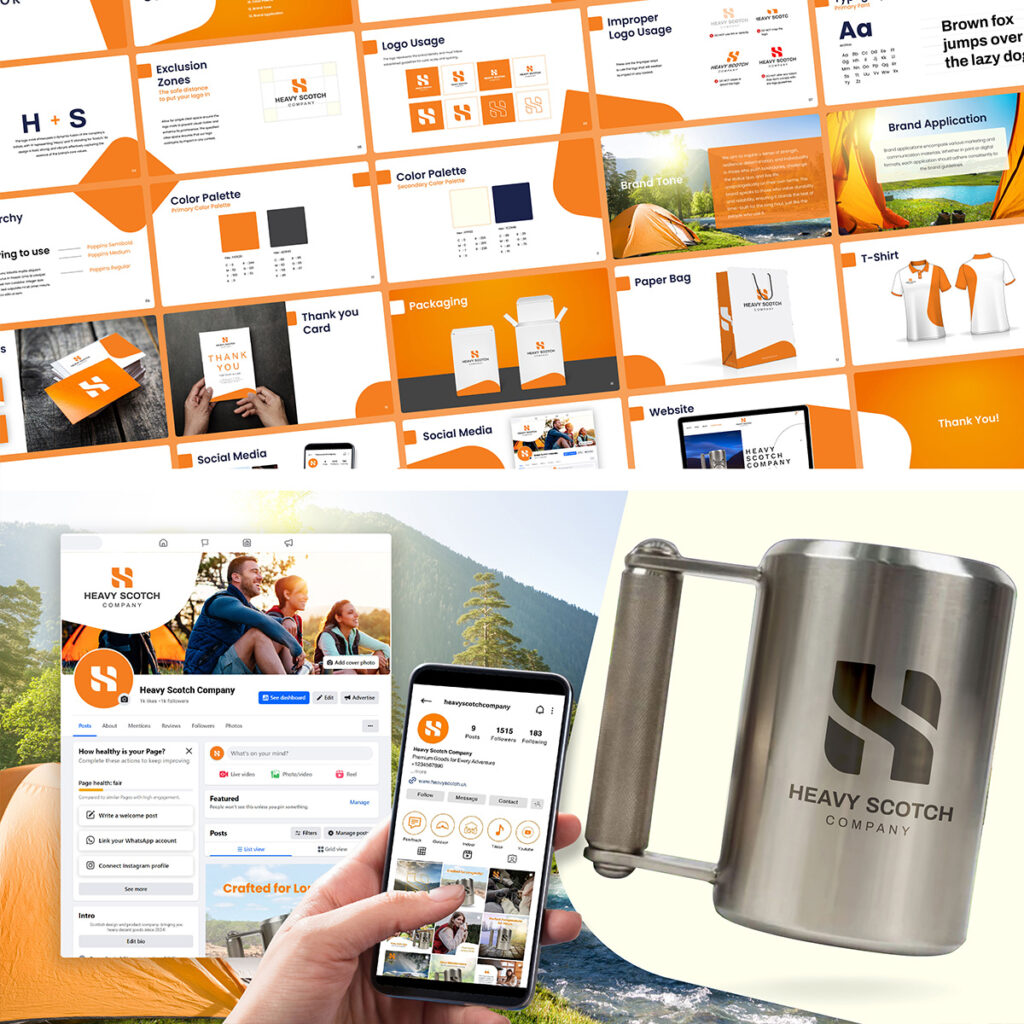
Successful branding logo designs can significantly enhance brand recognition and engagement. A memorable logo can potentially lead to increased revenue by attracting more attention and sparking conversations.
Interactive animated logos, in particular, can further increase brand recall by engaging customers through clickable or hover effects. Adopting an animated logo instantly can also positively impact SEO by improving user experience and decreasing bounce rates on websites.
Tips for Choosing the Right Logo Design Service
Choosing the right logo design service is a critical decision that can significantly impact your brand’s success. One of the first things to consider is the designer’s experience in your specific industry, as this can enhance their effectiveness in creating a relevant and impactful logo. We found that working with designers who understood our market helped us achieve a design that truly resonated with our audience.
Client testimonials are another valuable resource. They provide insights into a designer’s professionalism, ability to meet deadlines, and overall quality of work. By reviewing testimonials, you can gauge whether the designer has consistently delivered satisfactory results to previous clients.
Budget discussions are also essential. Logo design services are priced individually based on the client’s business size and needs. Having an open conversation about budget ensures that the services align with your financial expectations and avoids misunderstandings down the line.
Summary
In conclusion, investing in professional logo design services is a crucial step in building a strong brand identity. From the initial consultation to the finalization of the logo, each step in the design process plays a vital role in ensuring that the final product aligns with your brand’s values and goals. Professional designers bring expertise, creativity, and a collaborative approach that can elevate your brand to new heights.
Whether you’re looking to create a new logo or refine an existing one, understanding the essential elements of effective logo design and utilizing branding tools for consistency will ensure that your brand makes a lasting impression. Remember, a well-crafted logo is more than just a symbol; it’s the face of your brand and a powerful tool for establishing trust and recognition in the marketplace.
Frequently Asked Questions
Why is a strong brand identity important?
A strong brand identity is crucial because it effectively communicates your company’s core values, sets you apart from competitors, and builds customer trust and recognition. Embracing a robust brand identity helps you connect more deeply with your audience and fosters loyalty.
What are the benefits of hiring professional logo designers?
Hiring professional logo designers guarantees a high-quality, versatile logo tailored to your needs, thanks to their extensive experience and collaborative approach. You’ll end up with a unique design that truly represents your brand!
What is the process of custom logo design?
The custom logo design process is an exciting journey that includes an initial consultation, concept development, and refining the design to perfectly reflect your brand’s values. Embrace the creativity involved, and you’ll end up with a logo that truly represents your identity!
What are the essential elements of effective logo design?
An effective logo design relies on simplicity, color, typography, and iconography to create a memorable impact. Focus on these elements, and your logo will stand out beautifully!
How can animated logos enhance brand identity?
Animated logos are a fantastic way to boost brand identity by engaging audiences and effectively conveying your brand’s story. They not only enhance recognition but also create a memorable impression that resonates with your audience.
